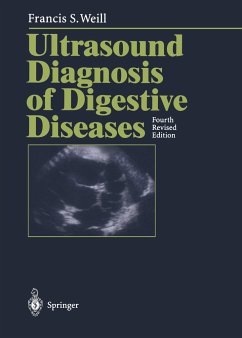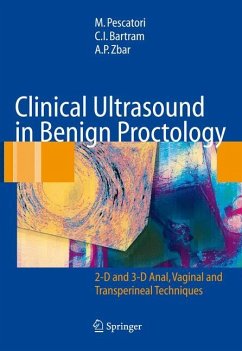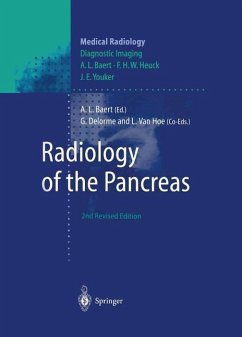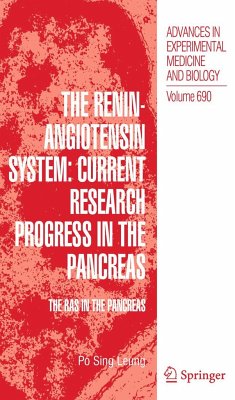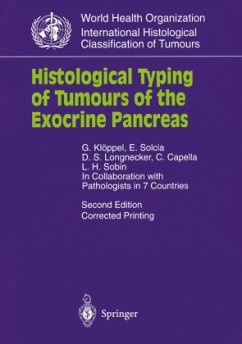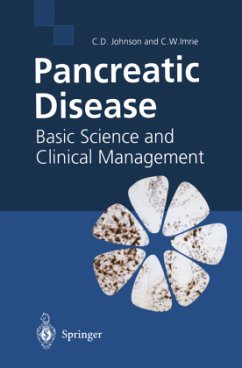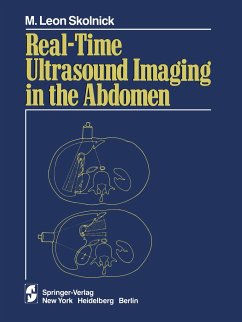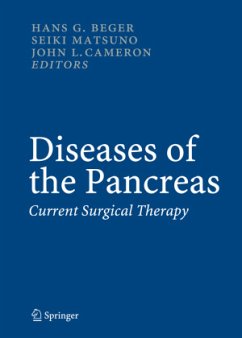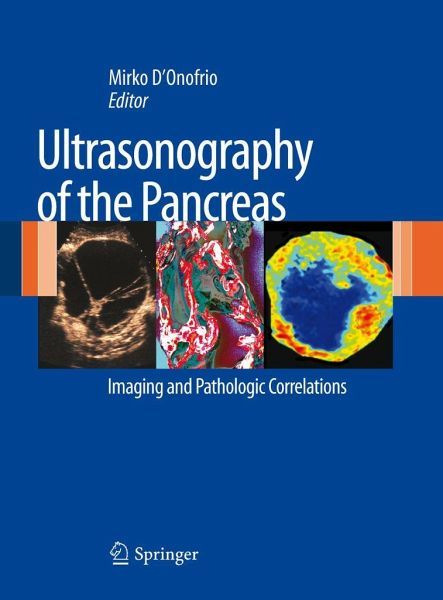
Ultrasonography of the Pancreas
Imaging and Pathologic Correlations
Herausgegeben: D'Onofrio, Mirko

PAYBACK Punkte
38 °P sammeln!
Ultrasonography (US) has long been considered an important diagnostic imaging modality for investigation of the pancreas despite certain significant and well-known limitations. Indeed, in many countries US represents the first step in the diagnostic algorithm for pancreatic pathologies. Recent years have witnessed major advances in conventional, harmonic, and Doppler imaging.New technologies, softwares, and techniques, such as volumetric imaging, enhancement quantification, and fusion imaging, are increasing the diagnostic capabilities of US. The injection of microbubble contrast agents allows...
Ultrasonography (US) has long been considered an important diagnostic imaging modality for investigation of the pancreas despite certain significant and well-known limitations. Indeed, in many countries US represents the first step in the diagnostic algorithm for pancreatic pathologies. Recent years have witnessed major advances in conventional, harmonic, and Doppler imaging.
New technologies, softwares, and techniques, such as volumetric imaging, enhancement quantification, and fusion imaging, are increasing the diagnostic capabilities of US. The injection of microbubble contrast agents allows better tissue characterization with definitive differentiation between solid and cystic lesions. Contrast-enhanced US improves the characterization of pancreatic tumors, assists in local and liver staging, and can offer savings in both time and money. Acoustic radiation force impulse (ARFI) imaging is a promising new US method to test, without manual compression, the mechanical strain properties of deep tissues. Furthermore, the applications and indications for interventional, endoscopic, and intraoperative US have undergone significant improvement and refinement.
This book provides a complete overview of all these technological developments and their impact on the assessment of pancreatic pathologies. Percutaneous, endoscopic, and intraoperative US of the pancreas are discussed in detail, with precise description of findings and with informative imaging (CT and MRI) and pathologic correlations.
New technologies, softwares, and techniques, such as volumetric imaging, enhancement quantification, and fusion imaging, are increasing the diagnostic capabilities of US. The injection of microbubble contrast agents allows better tissue characterization with definitive differentiation between solid and cystic lesions. Contrast-enhanced US improves the characterization of pancreatic tumors, assists in local and liver staging, and can offer savings in both time and money. Acoustic radiation force impulse (ARFI) imaging is a promising new US method to test, without manual compression, the mechanical strain properties of deep tissues. Furthermore, the applications and indications for interventional, endoscopic, and intraoperative US have undergone significant improvement and refinement.
This book provides a complete overview of all these technological developments and their impact on the assessment of pancreatic pathologies. Percutaneous, endoscopic, and intraoperative US of the pancreas are discussed in detail, with precise description of findings and with informative imaging (CT and MRI) and pathologic correlations.




